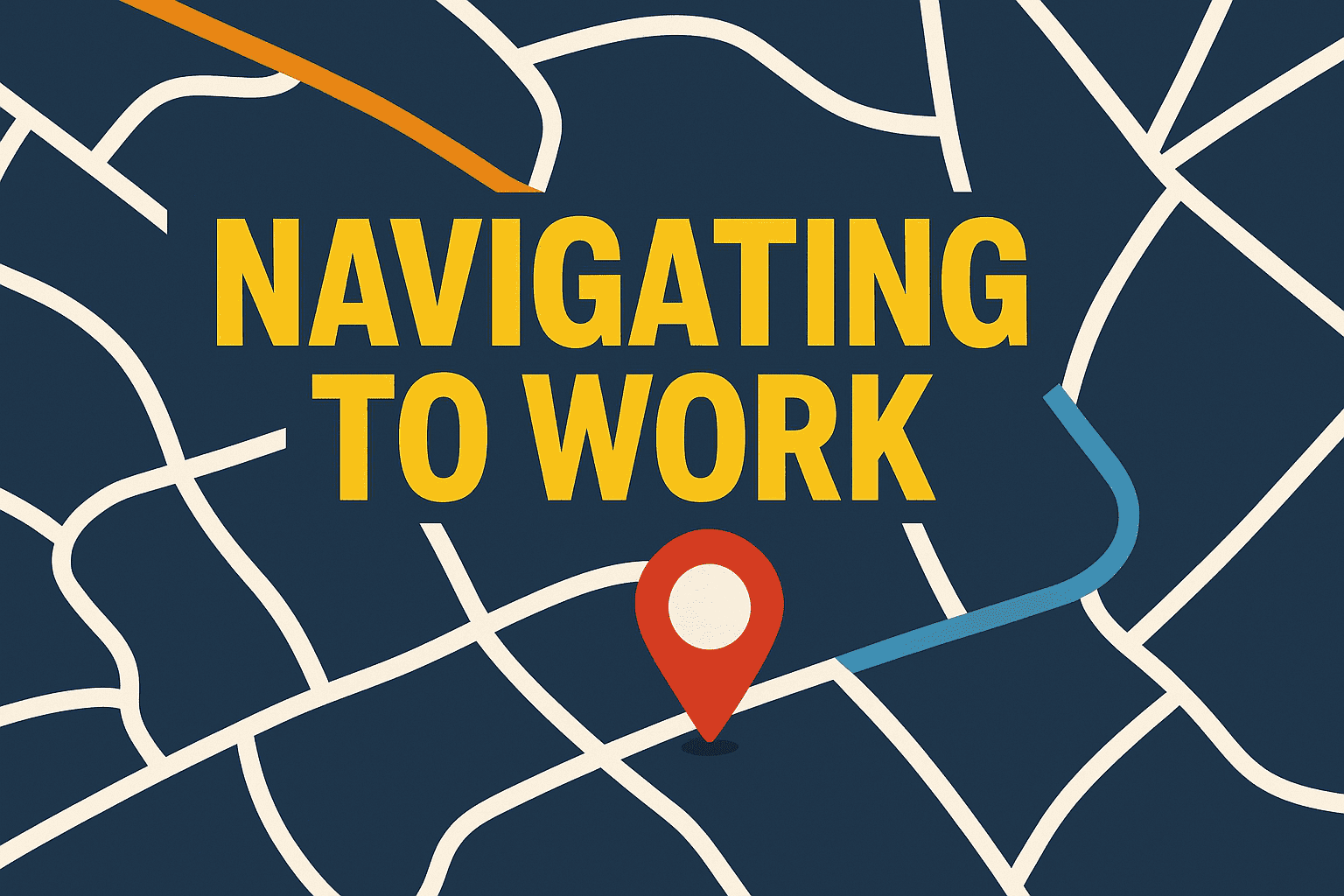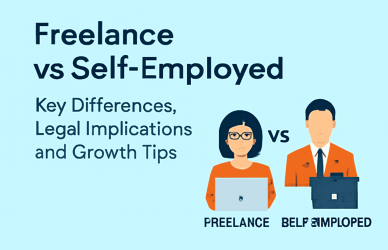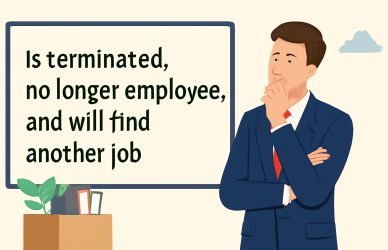You wake up, throw on your shoes, grab your bag, and step out the front door. For many of us, that moment is the start of the daily ritual: navigating to work. Whether you’re driving through traffic, catching a train, walking down quiet streets, or combining modes of transport, how you move to your job sets the tone for your entire day.
But commuting doesn’t have to be purely tedious. When done thoughtfully, navigating to work can become a buffer between home and productivity, a small space you own. In this article, we’ll explore why your commute matters, how to plan it effectively, and how to make small adjustments in your routine that can lead to significant improvements in energy, focus, and peace of mind.
Why the Way You Navigate to Work Is More Important Than You Think
We often dismiss commuting as an unavoidable part of our downtime. But research shows the toll is real. A long or stressful commute can undermine creativity, drain energy, and reduce productivity. Companies with employees who commute long distances often experience a decline in productivity and innovation.
Mental well-being is also at risk. A study in Beijing found that for every 10 extra minutes added to one’s commute, the risk of depression increased by 1.1% (arXiv, 2022). That might sound small, but over months and years, the accumulated strain adds up.
According to the U.S. Census Bureau, the average American spends 55 minutes commuting daily, which is nearly five hours a week. And the American Psychological Association (APA) notes that workers with long commutes are 33% more likely to suffer from anxiety and stress.
So yes, navigating to work is more than just moving from A to B. It’s a daily investment in your mental, physical, and professional self.
Quick Checklist: 5 Tips for Smarter Navigating to Work
- Check live traffic or transit updates before leaving.
- Test at least two alternate routes to your workplace.
- Shift your commute to an earlier or later time to avoid peak congestion.
- Add comfort: headphones, podcasts, water, or a seat cushion.
- Choose safer, well-lit routes over slightly shorter but riskier ones.
Planning Your Route: The Foundation of a Better Commute
Map multiple options
Don’t commit to just your “usual” route. Before you leave, take a moment to glance through a few alternatives in your navigation or transit app. Compare time, distance, number of stops or transfers, and known hotspots or delays.
Use real-time updates
Modern tools give you live traffic and transit data. Before walking out, check what has changed and adjust accordingly. That way, you’re not blindsided by construction or unexpected delays.
Stagger your timing
If your schedule allows, shift your travel time by 10–15 minutes earlier or later to avoid peak congestion. Often, that small shift yields big reductions in delay.
Try hybrid routing
Maybe you drive partway and then hop on transit, or bike to a park-and-ride. By mixing modes, you can avoid the worst of traffic while still maintaining control over your timetable.
Prioritize safety
Sometimes the fastest route isn’t the safest. Look for well-lit pedestrian routes, paths with sidewalks or bike lanes, and avoid areas known for hazards.
Mode-by-Mode Strategies for Smooth Navigating to Work
Driving / Motorbike
- Use dynamic routing to avoid bottlenecks.
- Carpool when you can share costs, reduce stress
- Plan parking ahead, both cost and location
- Maintain your vehicle to avoid breakdown delays.
Public Transit
- Learn the schedule and peak/off-peak patterns.
- Know your transfer points and walking distances.
- Always have a backup line or route in case of delays.
- Use monthly or multi-ride passes for cost efficiency.
Walking / Cycling
- Choose quieter side streets instead of main roads.
- Use dedicated bike lanes or pedestrian paths.
- Stay visible with reflectors or lights.
- Have an alternate plan for bad weather.
Ride-Sharing / Taxi
- Use apps with dynamic routing suggestions.
- Share rides if your origin or destination lines up with others.
- Watch for surge pricing compared with transit options.
Make Your Commute More Than Just Transit Time
Turn it into personal time
Instead of seeing your commute as “dead time,” make it a ritual. Music, podcasts, or audiobooks can help you arrive centered.
Set healthy boundaries
Reserve the start of your commute for yourself: plan, decompress, and notice your surroundings. Let work begin after you arrive.
Embrace mindful commuting
Rather than resisting delays, accept them as part of the journey. Small mental shifts reduce stress.
Use it productively (when safe)
If you’re not driving, read, brainstorm, or learn. A 20-minute podcast or language lesson can turn idle time into growth.
Comfort upgrades
Seat cushions, noise-canceling headphones, or small essentials like water and snacks can make your commute smoother.
Tracking, Measuring and Evolving Your Commute
- Keep a log of time, delays, and costs for a few weeks to track progress.
- Revisit your options periodically, roads and transit shift.
- Ask peers or local groups for tips and hidden shortcuts.
- Make incremental tweaks, small improvements add up over time.
FAQ’s About Navigating to Work
1. What is the 3-month rule for jobs?
The 3-month rule generally refers to the idea that new employees need about 90 days to adapt to their role, understand the company culture, and prove their value.
2. What is the 30-60-90 rule for new jobs?
The 30-60-90 rule is a structured onboarding plan where employees focus on specific goals over their first three months:
- First 30 days: Learn the role, company policies, and workplace commute routines.
- Next 60 days: Begin contributing independently while refining daily commute efficiency.
- Final 90 days: Demonstrate consistent performance and full integration into the workplace.
3. How long is the average daily commute?
According to the U.S. Census Bureau, the average American spends 55 minutes commuting daily. That’s nearly five hours a week that can be optimized with better workplace commute tips.
4. Does commuting to work affect mental health?
Yes. Research by the American Psychological Association (APA) shows that workers with long commutes are 33% more likely to experience anxiety and stress.
5. What are the best apps for navigating to work efficiently?
The best apps for reducing commuting stress include Google Maps, Waze, and local transit apps for live updates, while carpooling apps help reduce costs.
Final Thoughts
Navigating to work is more than just reaching your office. It’s a daily ritual that shapes energy, mood, and productivity. With small adjustments and smart tools, your commute can shift from draining to empowering.
Pick one or two tweaks today, like checking live traffic before leaving or adding a podcast ritual, and let them ripple through your week. Over time, as your route becomes fine-tuned and your mindset evolves, you may even come to see commuting not as wasted time, but as a vital transition that sets the stage for your best work.






